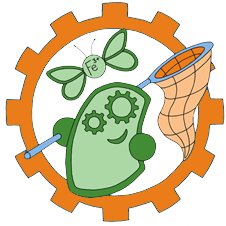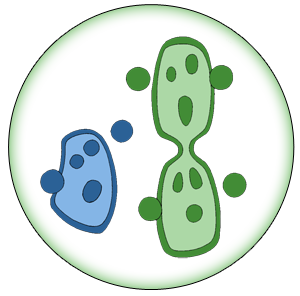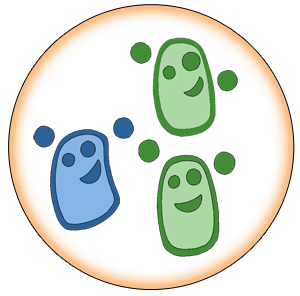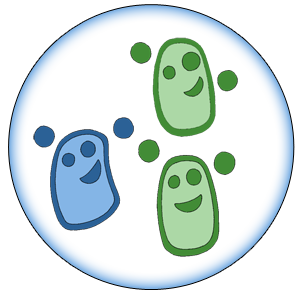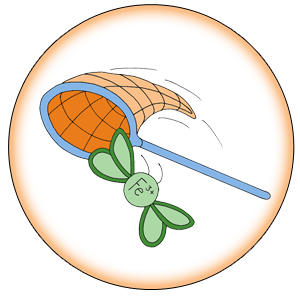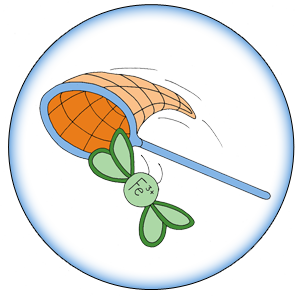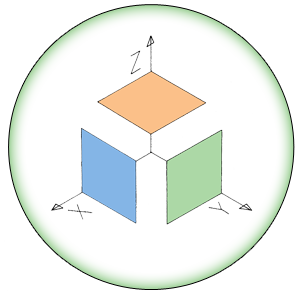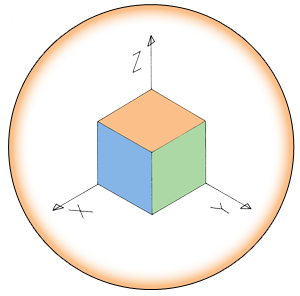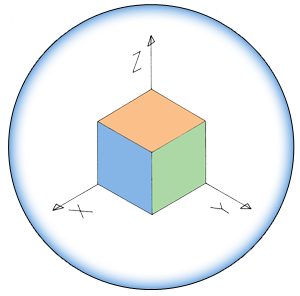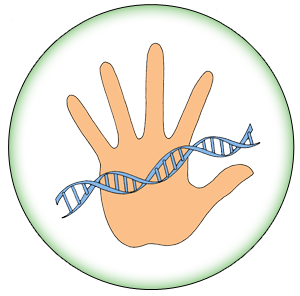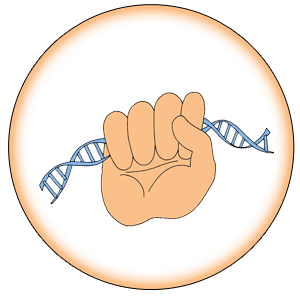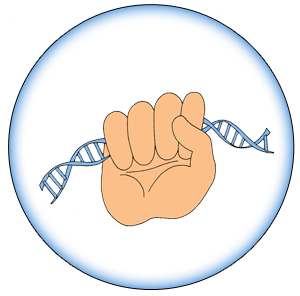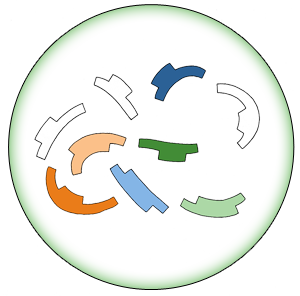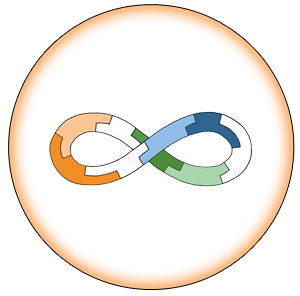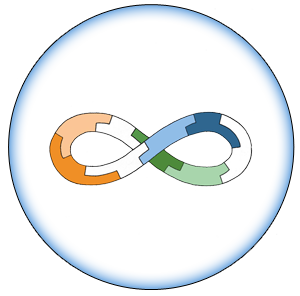Team:Edinburgh/Modeling/Whole cell model
From 2013.igem.org
Hristianita (Talk | contribs) (Created page with "{{Team:Edinburgh/Menu}} {{Team_Edinburgh/Modelling_side_menu}} <div class='content'> Check back soon for updates. Thanks for visiting our site. </div> {{Team:Edinburgh/Foo...") |
Hristianita (Talk | contribs) |
||
| Line 4: | Line 4: | ||
<div class='content'> | <div class='content'> | ||
| + | === Whole cell model === | ||
| + | == Description == | ||
| - | + | We chose to base our work on a whole cell model originally developed by Tobias Bollenbach[1], tailored to capture the influence of different antibiotics on the growth rate and metabolism of E.coli. This model was suitable because it is a simple high-level model, and it was possible to understand and re-implement it within the time course of one summer. At the same time, it captures essential features of the cell metabolism which we might be interested in, such as the resources availability, the growth rate, and protein levels inside the cell. | |
| - | + | The model as is it in the original paper assumes a constant influx of resources from the outer environment inside the cell. This resource influx is the only input to the model. As a function of this resource level, the model can predict population average values for the following parameters: | |
| + | • Growth rate | ||
| + | • Resource concentration inside the cell | ||
| + | • Protein number | ||
| + | • Amount of DNA | ||
| + | • Number of ribosomes | ||
| + | • Speeds of synthesis of proteins, ribosomes and DNA | ||
| + | • The cell volume | ||
| + | • Number of replication origins and forks in the cell | ||
| + | |||
| + | The model doesn’t model RNA specifically, nor does it take account of the different proteins, their different expression levels and their different functions. Additionally, the model doesn’t model degradation of proteins, only of resources (which is supposed to capture resource usage by other factors which are not accounted for by the model). | ||
| + | |||
| + | The model consists of a system of 15 differential and algebraic equations which track the evolution of the parameters over time. The predictions given by the model are found by finding the steady-state solution of the differential-algebraic system. This solution gives parameter averages which are expected to be found in the cell in a state of steady exponential growth. | ||
| + | |||
| + | The model makes the assumption that the ribosome synthesis rate is optimized for highest growth rate. Hence, the model runs an optimization algorithm over this parameter to find what is the best synthesis rate for the given resource influx rate before running the actual simulation for this resource environment. | ||
| + | |||
| + | == Solving the system== | ||
| + | |||
| + | We tried solving the | ||
| + | |||
| + | Bollenbach, T., Quan, S., Chait, R., and Kishony, R. (2009). Non-optimal microbial response to antibiotics underlies suppressive drug interactions. Cell 139, 707-718. | ||
</div> | </div> | ||
{{Team:Edinburgh/Footer}} | {{Team:Edinburgh/Footer}} | ||
Revision as of 22:46, 4 October 2013
Whole cell model
Description
We chose to base our work on a whole cell model originally developed by Tobias Bollenbach[1], tailored to capture the influence of different antibiotics on the growth rate and metabolism of E.coli. This model was suitable because it is a simple high-level model, and it was possible to understand and re-implement it within the time course of one summer. At the same time, it captures essential features of the cell metabolism which we might be interested in, such as the resources availability, the growth rate, and protein levels inside the cell.
The model as is it in the original paper assumes a constant influx of resources from the outer environment inside the cell. This resource influx is the only input to the model. As a function of this resource level, the model can predict population average values for the following parameters: • Growth rate • Resource concentration inside the cell • Protein number • Amount of DNA • Number of ribosomes • Speeds of synthesis of proteins, ribosomes and DNA • The cell volume • Number of replication origins and forks in the cell
The model doesn’t model RNA specifically, nor does it take account of the different proteins, their different expression levels and their different functions. Additionally, the model doesn’t model degradation of proteins, only of resources (which is supposed to capture resource usage by other factors which are not accounted for by the model).
The model consists of a system of 15 differential and algebraic equations which track the evolution of the parameters over time. The predictions given by the model are found by finding the steady-state solution of the differential-algebraic system. This solution gives parameter averages which are expected to be found in the cell in a state of steady exponential growth.
The model makes the assumption that the ribosome synthesis rate is optimized for highest growth rate. Hence, the model runs an optimization algorithm over this parameter to find what is the best synthesis rate for the given resource influx rate before running the actual simulation for this resource environment.
Solving the system
We tried solving the
Bollenbach, T., Quan, S., Chait, R., and Kishony, R. (2009). Non-optimal microbial response to antibiotics underlies suppressive drug interactions. Cell 139, 707-718.

| 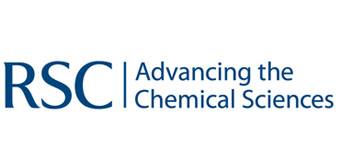
| | | | 
|
| This iGEM team has been funded by the MSD Scottish Life Sciences Fund. The opinions expressed by this iGEM team are those of the team members and do not necessarily represent those of MSD | |||||
 "
"

